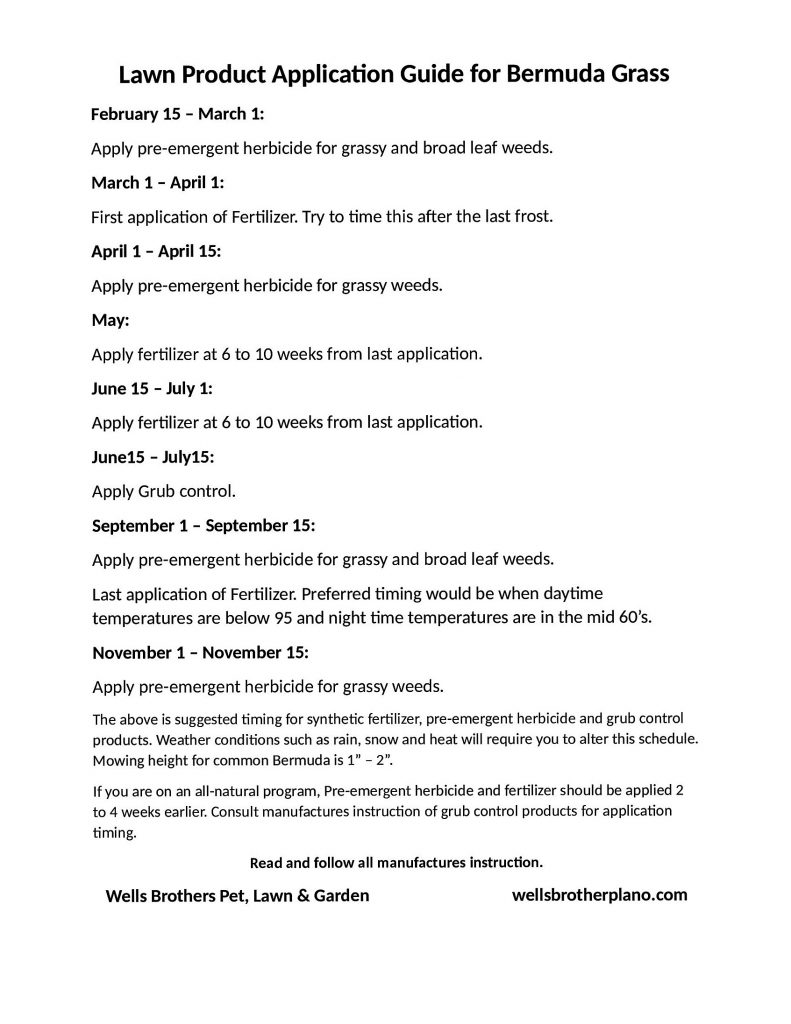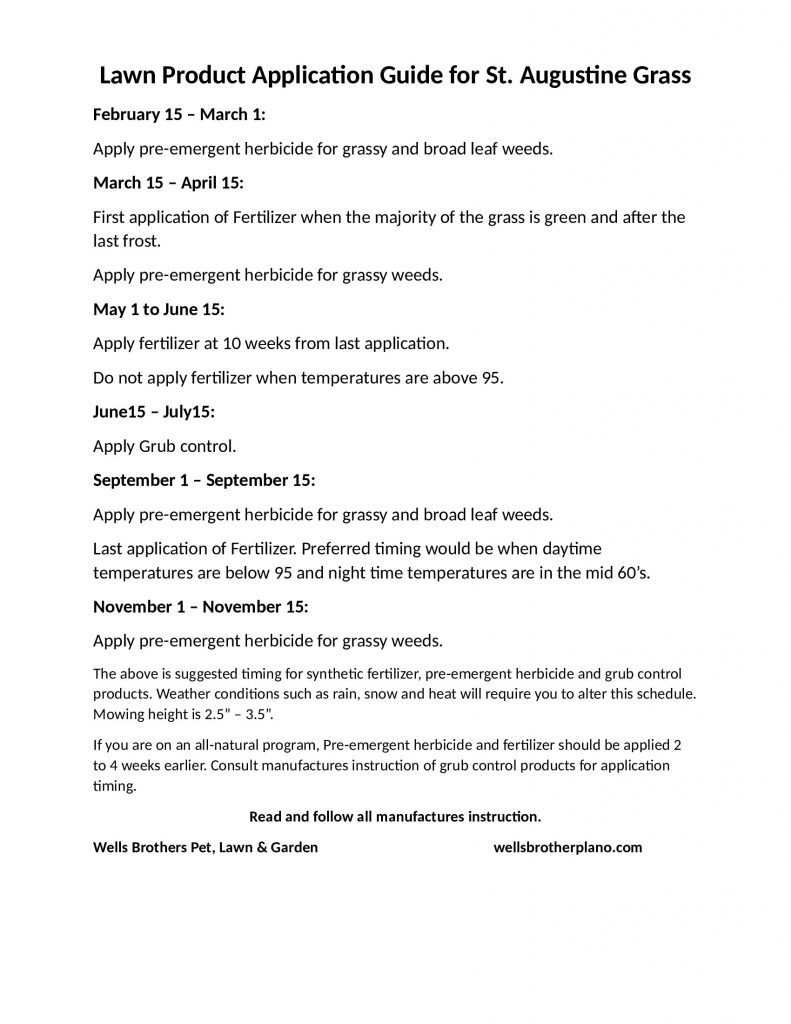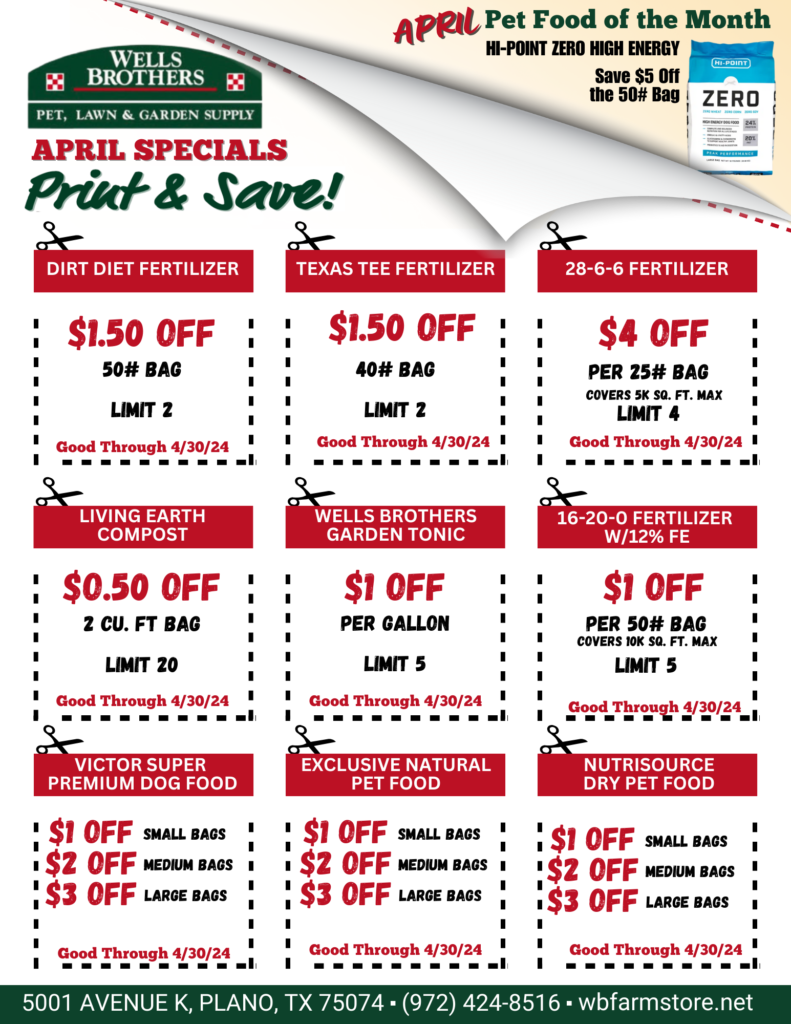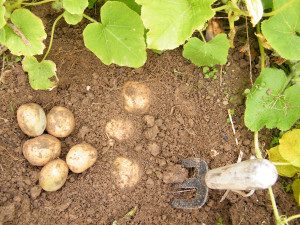
Do you have a favorite crop? Without a doubt, mine is potatoes. They are easy to grow, they have very few issues with insects or disease and the yields can be very large. The potato rule is that every pound that is planted will yield from 5 to 10 pounds. Potatoes can grow in most soil types but prefer loose soil. We have Red Lasoda, White Kennebec, and Yukon Gold. I have grown all three but have had the best success with the Red Lasoda.
February is the start of the potato planting season. Many years ago, I was told to plant potatoes on Valentine’s night by the light of the moon. I have never been dedicated enough to hit that mark, but I try to get them planted around the middle of February.
Potato picking and preparation is next on the list. How do you pick a good potato? You look it in the eyes. When you cut a potato for planting each piece should have at least 2 eyes. In a perfect world, I will cut potatoes 5 to 10 days before planting. Before planting some folks will soak the cut potatoes in water. Some will roll them powdered sulfur or wood ashes before planting. I have used a lot of different pre-plant methods for potatoes. They all have merit. Nowadays, I cut them and put them in a dry paper bag for about 3 to 5 days before planting.
There are literally hundreds of ways to grow potatoes. In tires, burlap bags, pots, buckets, tubs and I’ve seen pictures of potatoes growing in an old boat. You can mound them, plant them in pits and in a trench. I like the trench method. Once the 6 to the 7-inch deep trench is dug I put enough bone meal in the bottom so it covers the dirt. Then cover the bone meal with about .5 inches of dirt. You can also use Jump Starter, soft rock phosphate, superphosphate, or triple superphosphate. By the book, potatoes are planted 12 to 16 inches apart. I plant them to 6 inches apart or closer. Cover them with soil to about 4 inches. As the potato plants grow, fill in the trench with soil. Harvest them when the plants start to die. That should be in the 90 to 100-day time frame. As always follow label directions.
Learn more about planting potatoes from Texas A&M University here.





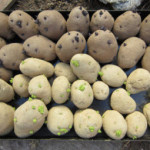 Trim back perennials and ornamental grasses before the new growth appears in Spring. Clean up around plants and mulch well to protect.
Trim back perennials and ornamental grasses before the new growth appears in Spring. Clean up around plants and mulch well to protect.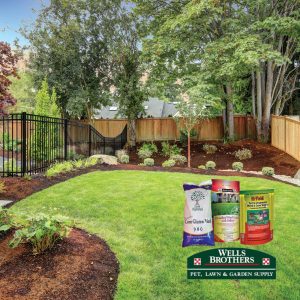 It’s time to think about spring weed control here in North Texas. Within a month, it will be time to apply a pre-emergent herbicide to the lawn. The pre-emergent herbicide does one thing and that stops weed seeds from growing. Hence the Latin term “pre”, meaning before. Post-emergent herbicides kill after the plant is growing. Hence, the Latin term “post”, meaning a large stick in the ground that you attach a fence too. You need to determine the square footage of your lawn before heading to Wells Brothers. Also, don’t forget that pre-emergents do not have fertilizer in them.
It’s time to think about spring weed control here in North Texas. Within a month, it will be time to apply a pre-emergent herbicide to the lawn. The pre-emergent herbicide does one thing and that stops weed seeds from growing. Hence the Latin term “pre”, meaning before. Post-emergent herbicides kill after the plant is growing. Hence, the Latin term “post”, meaning a large stick in the ground that you attach a fence too. You need to determine the square footage of your lawn before heading to Wells Brothers. Also, don’t forget that pre-emergents do not have fertilizer in them.